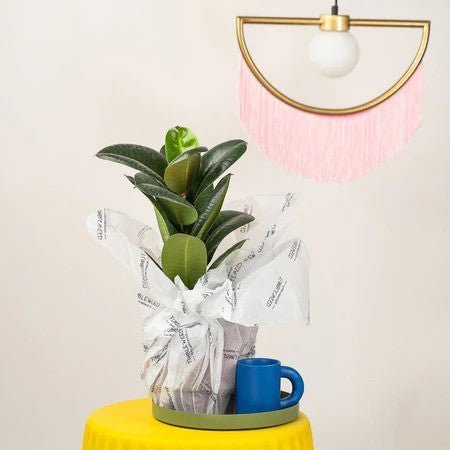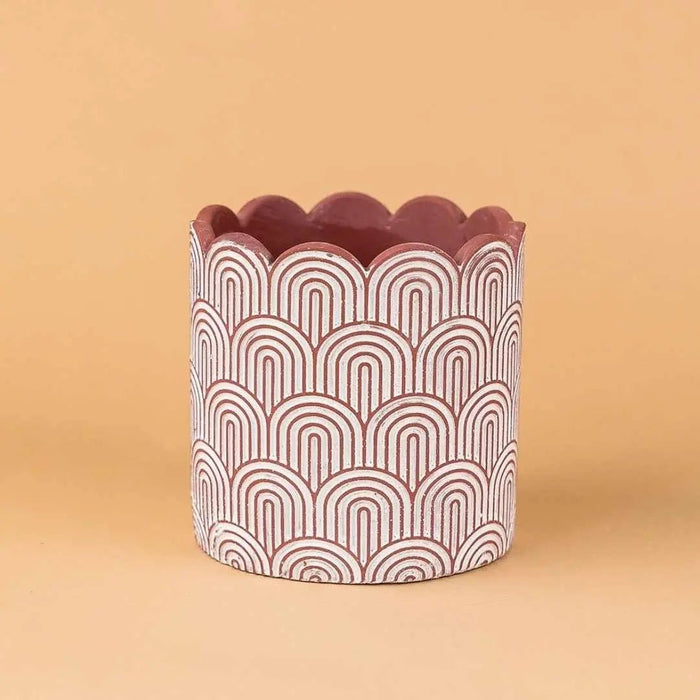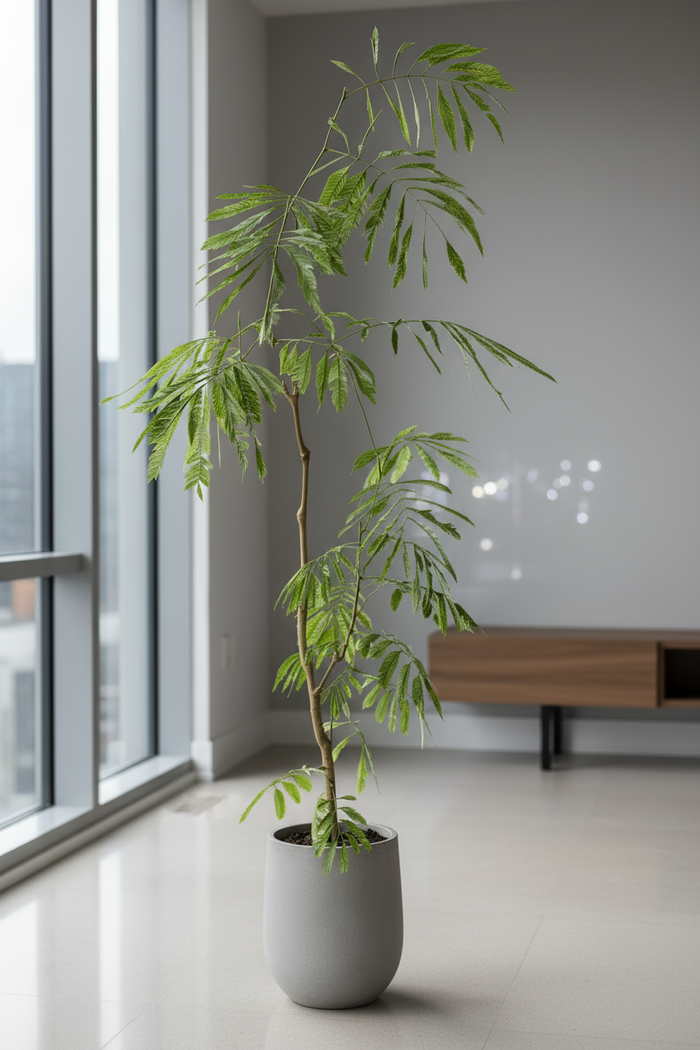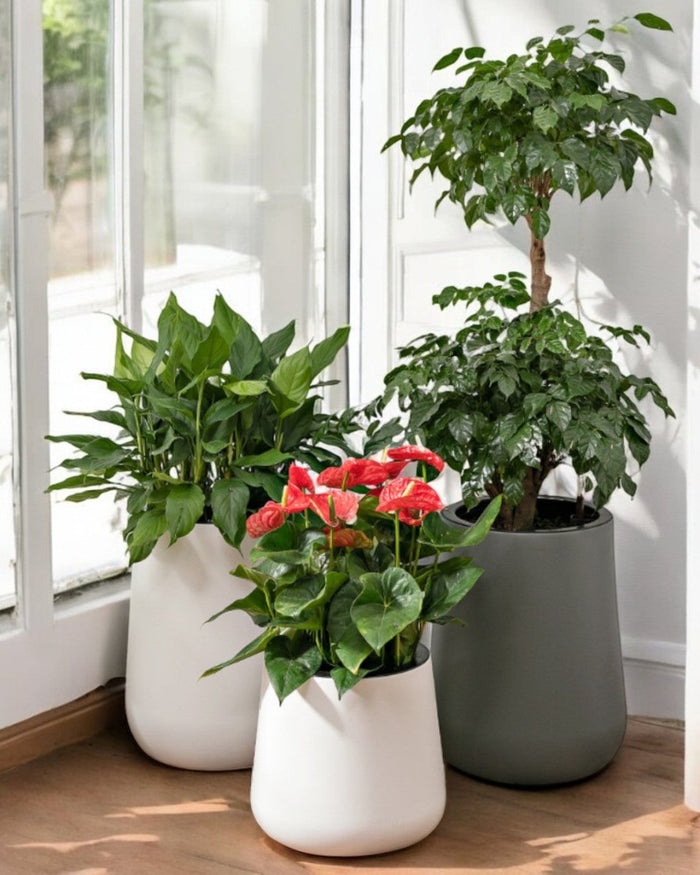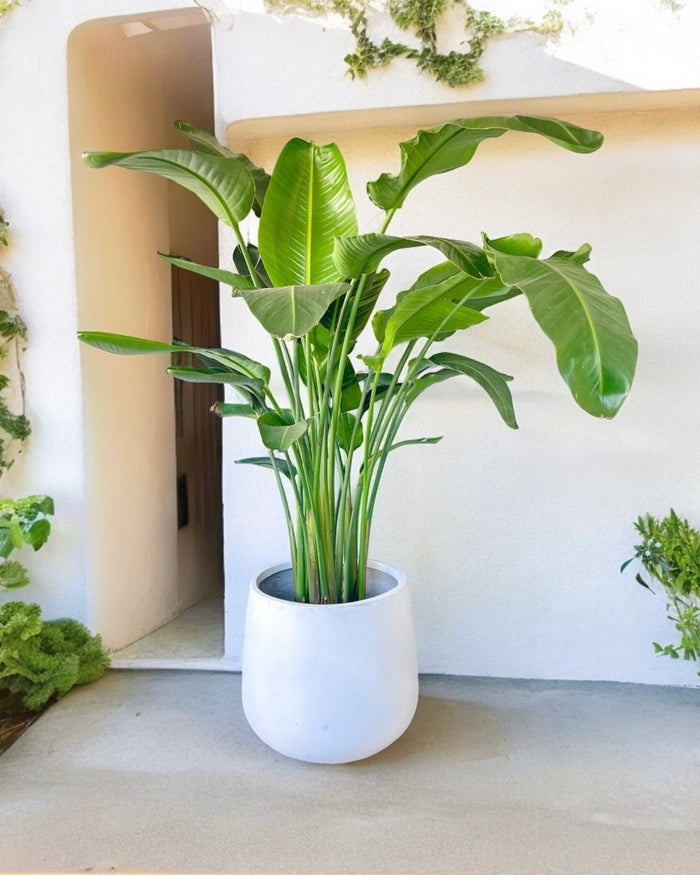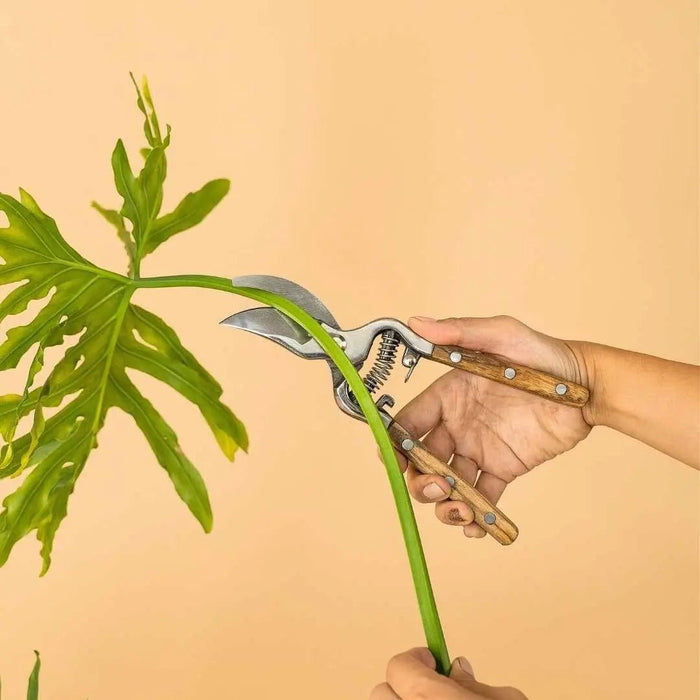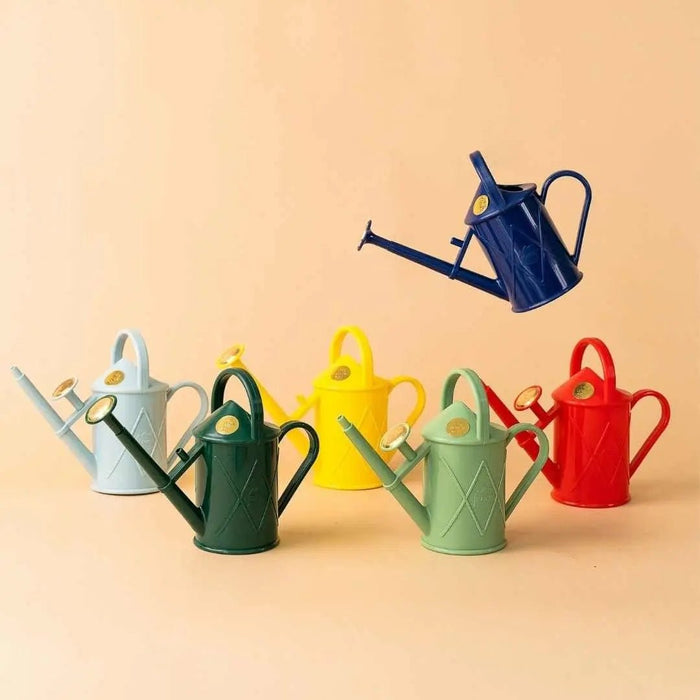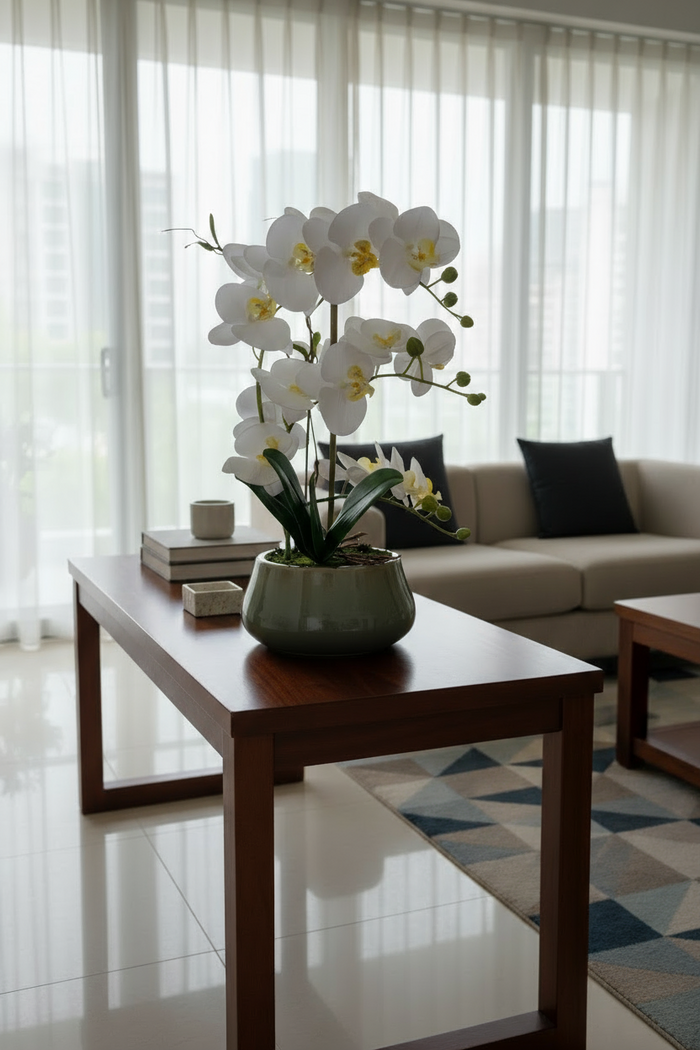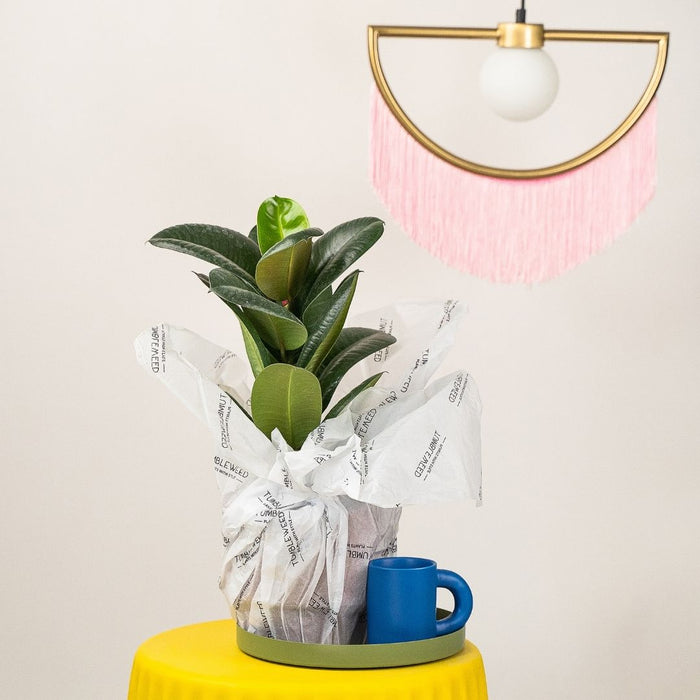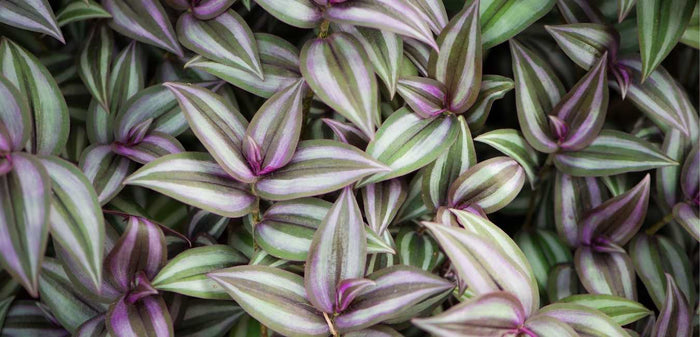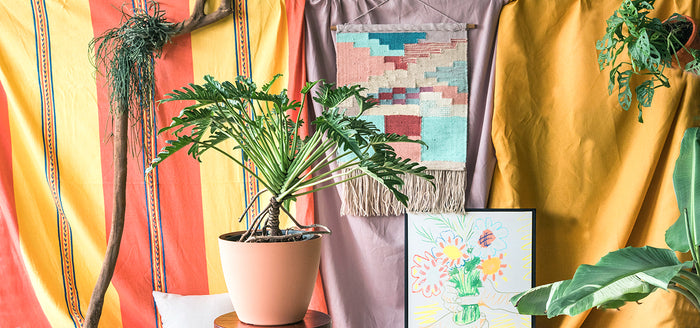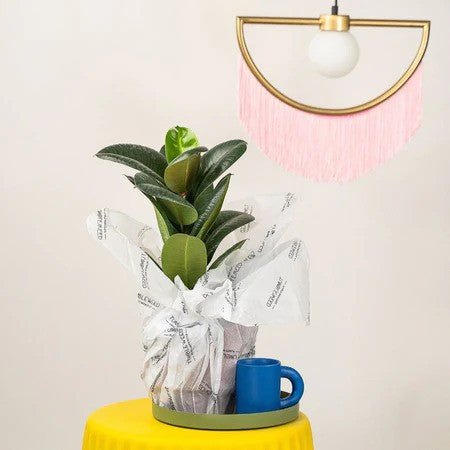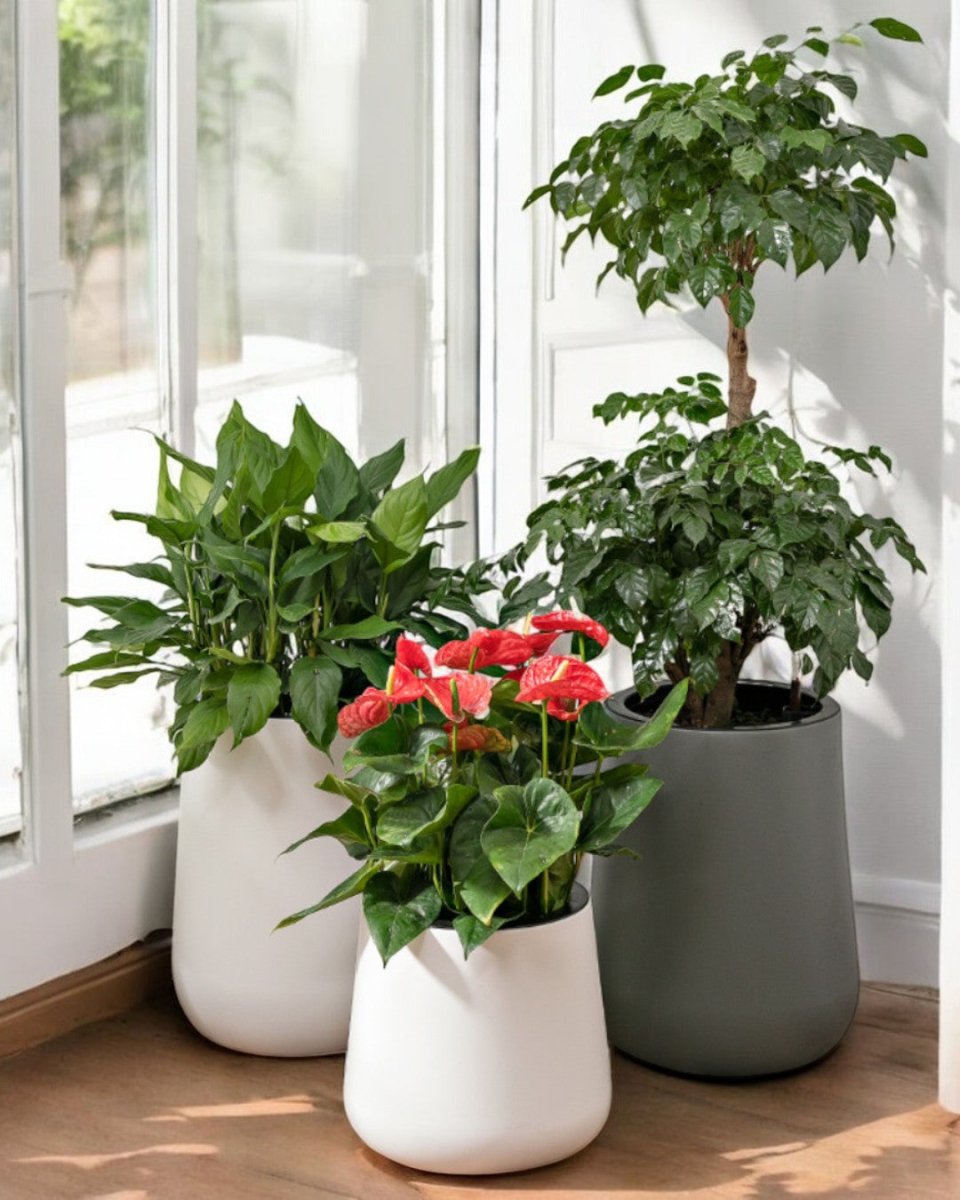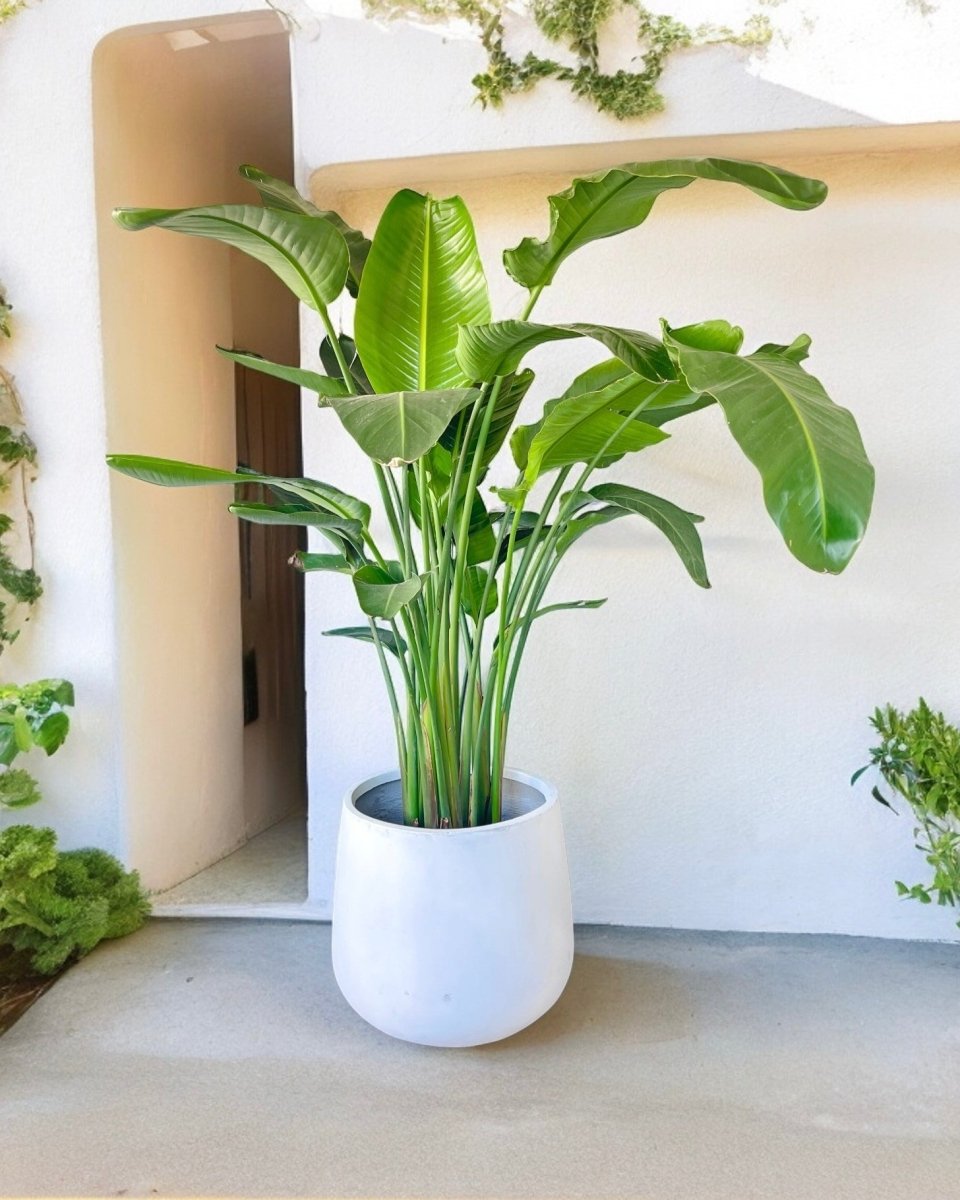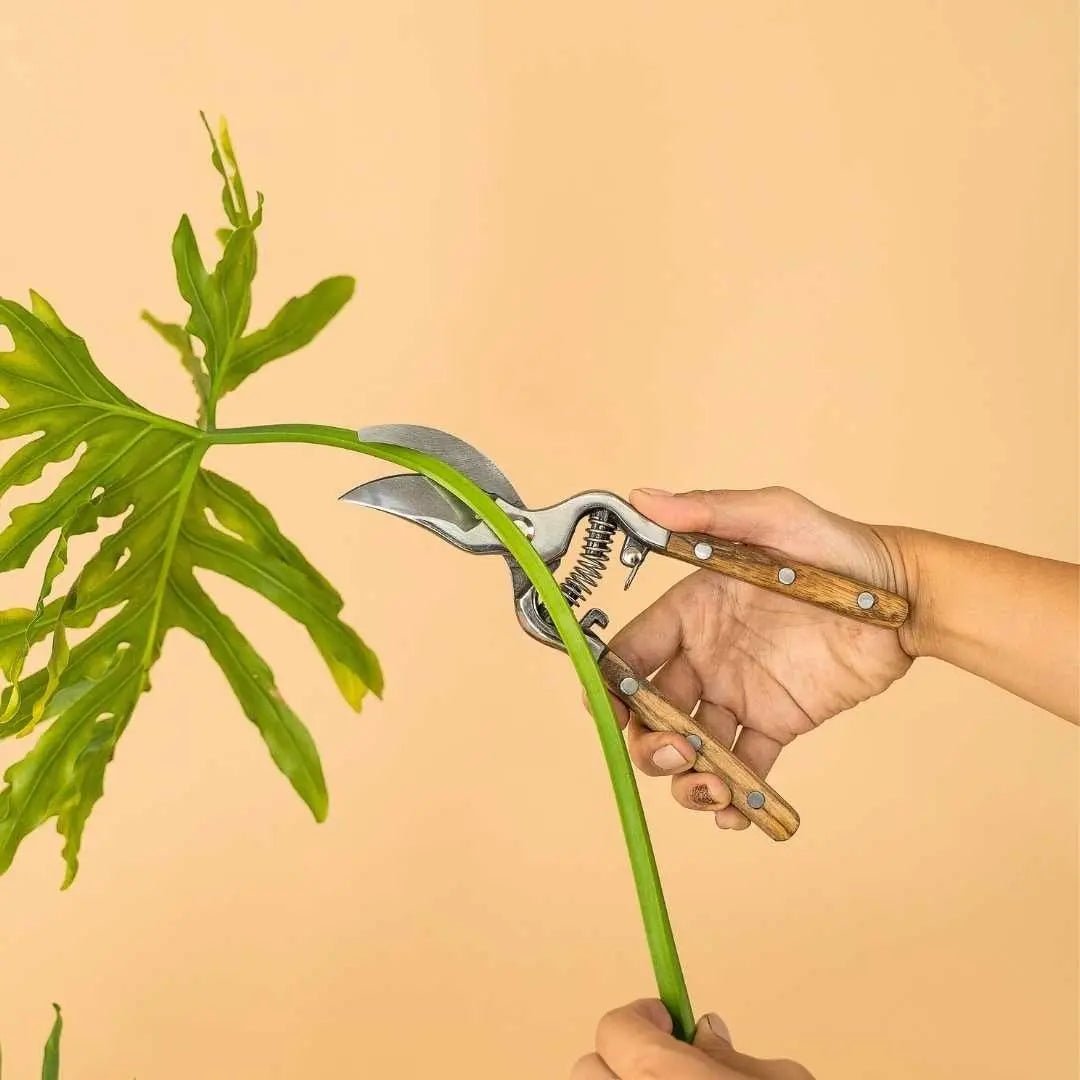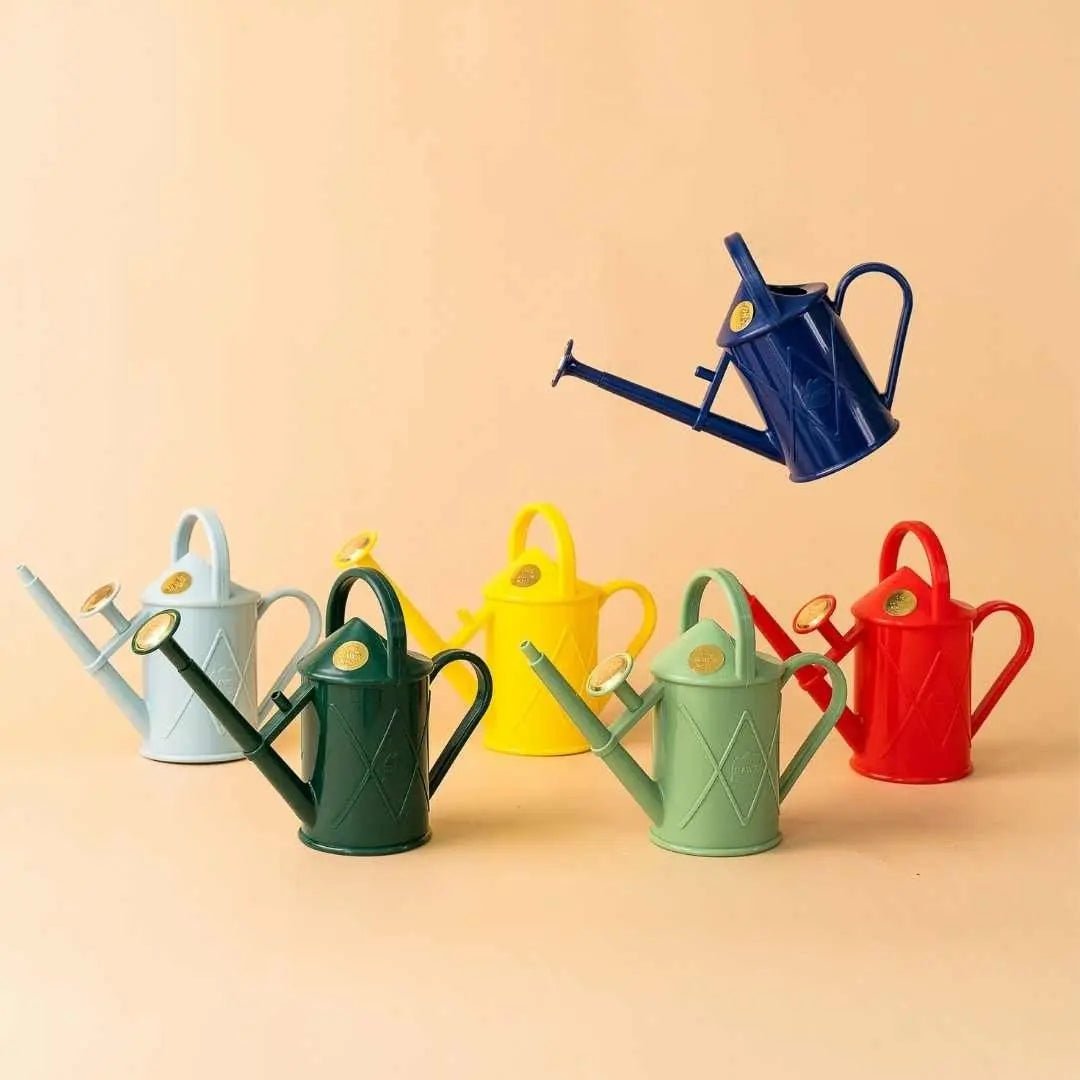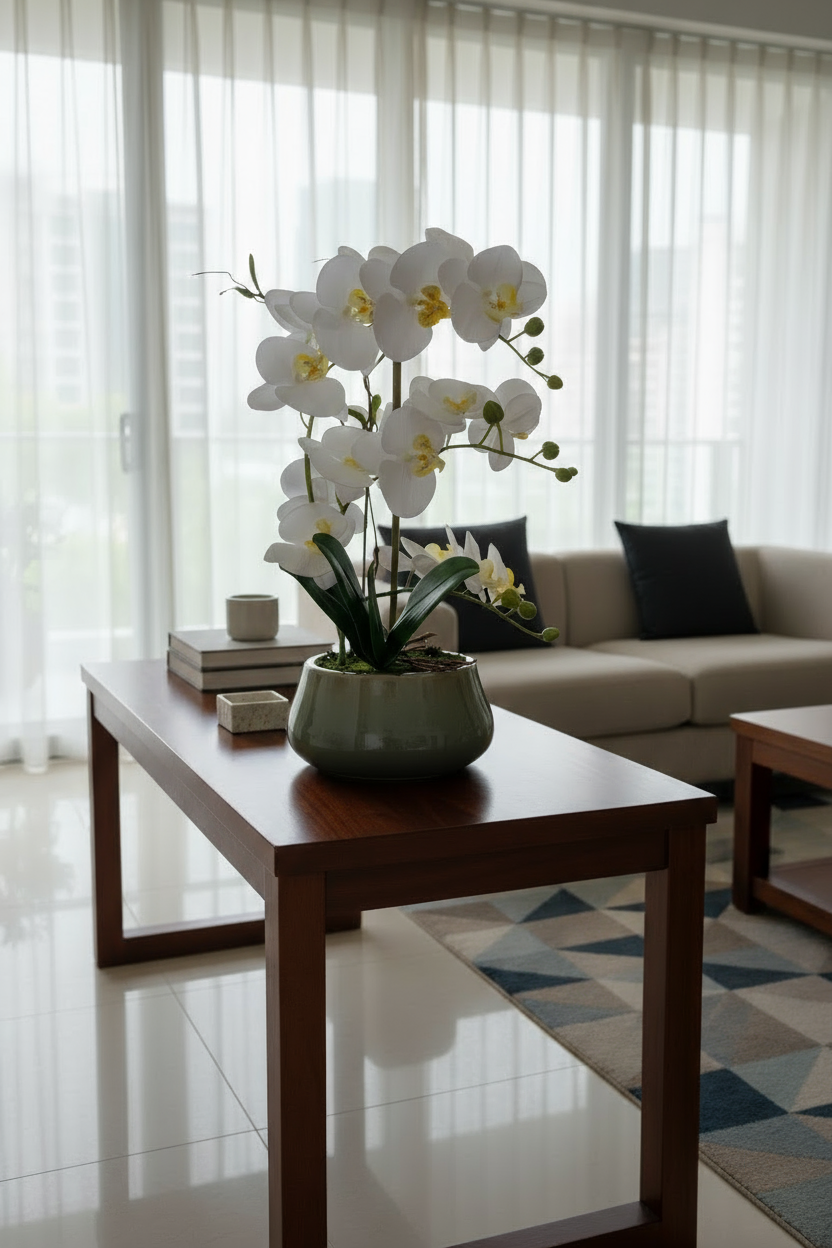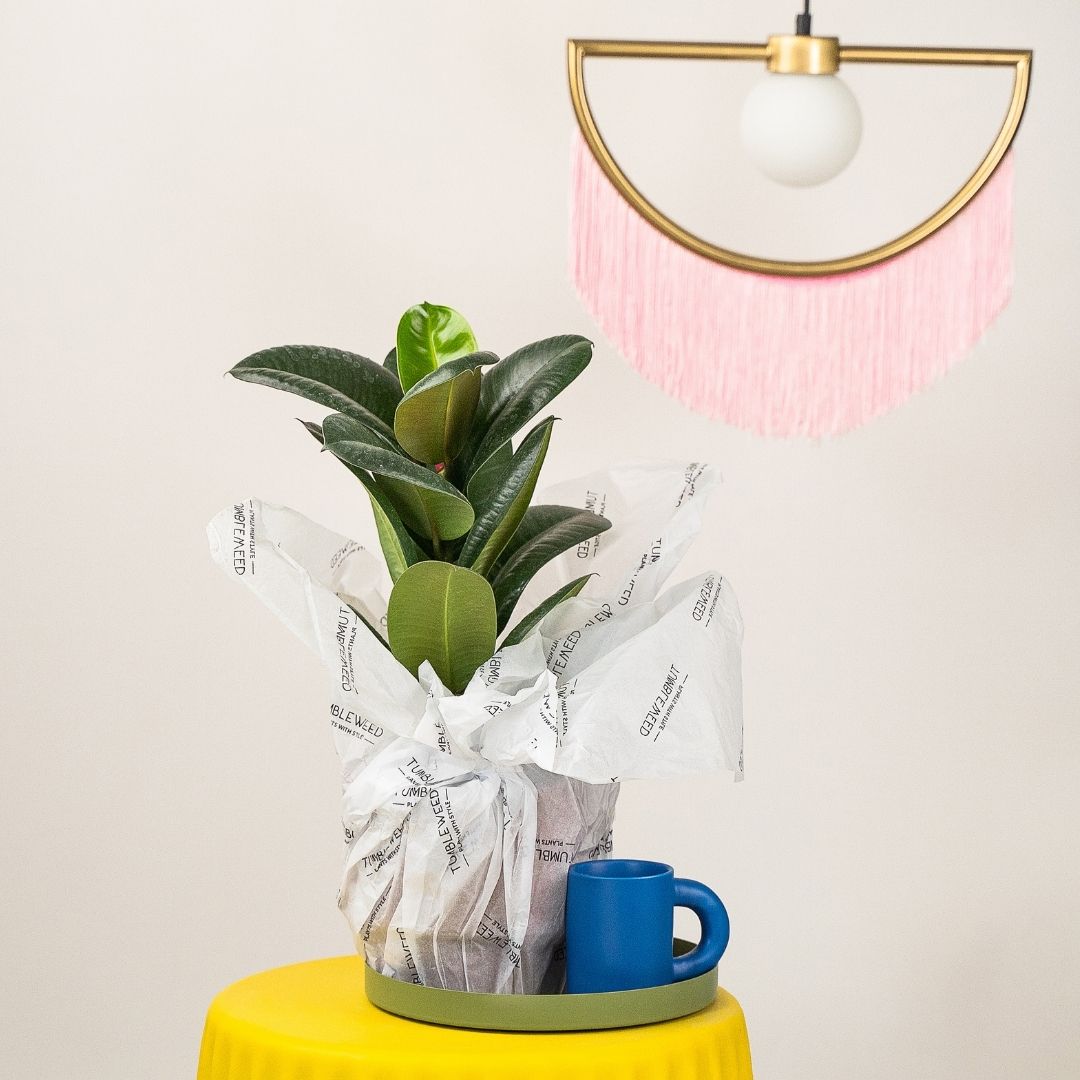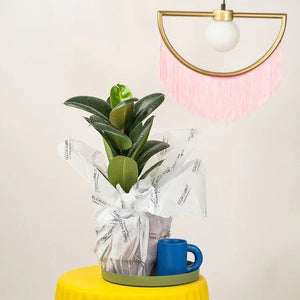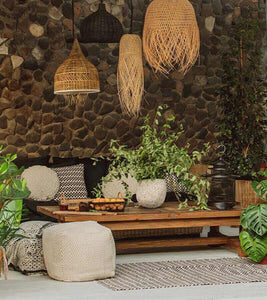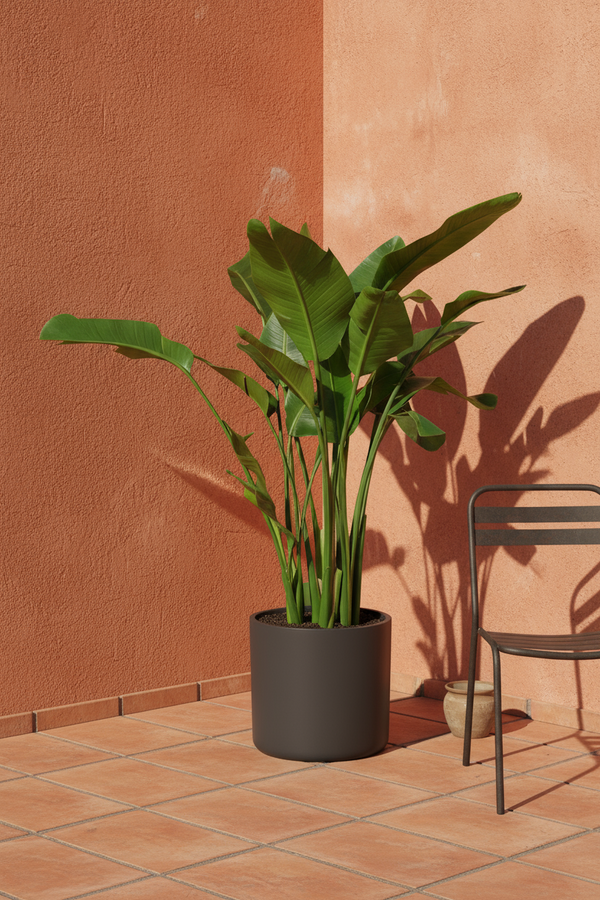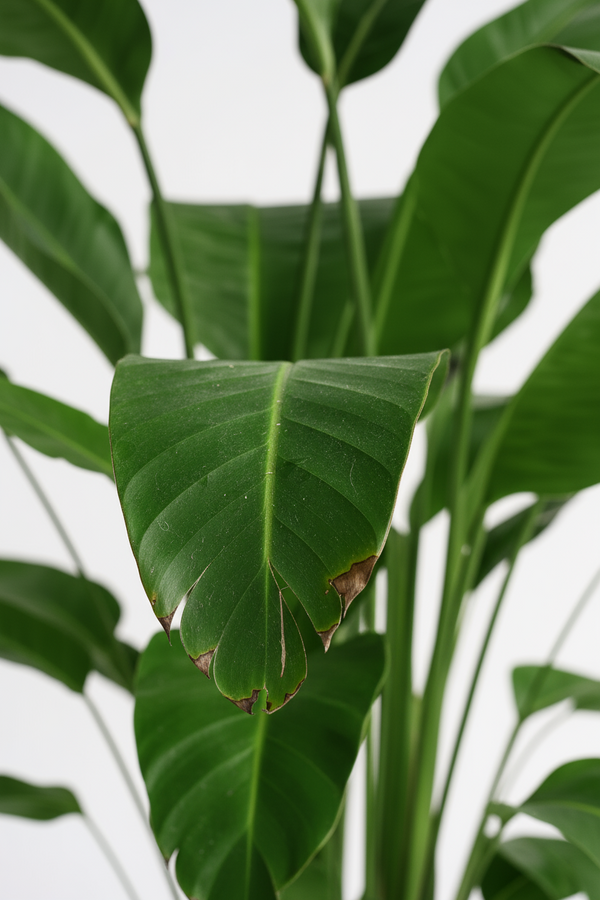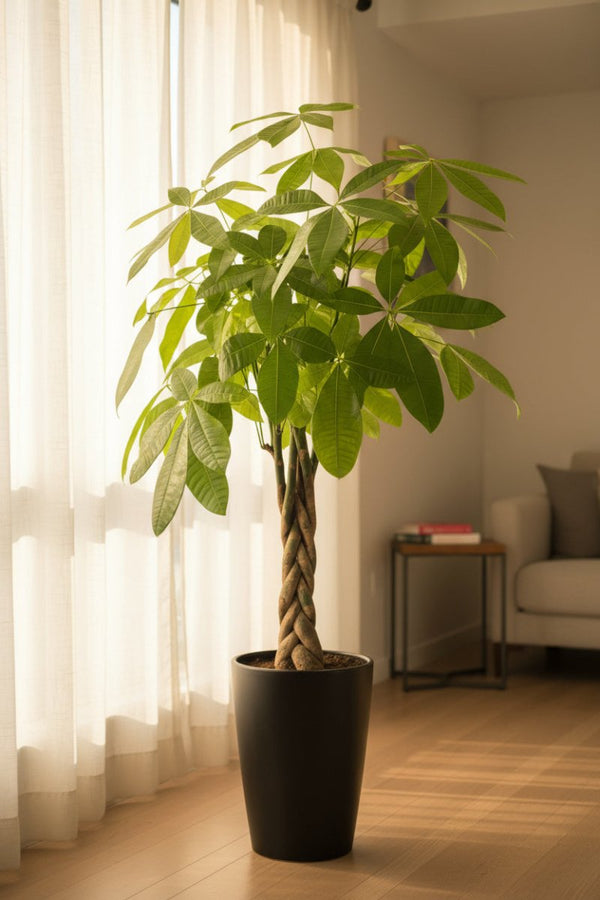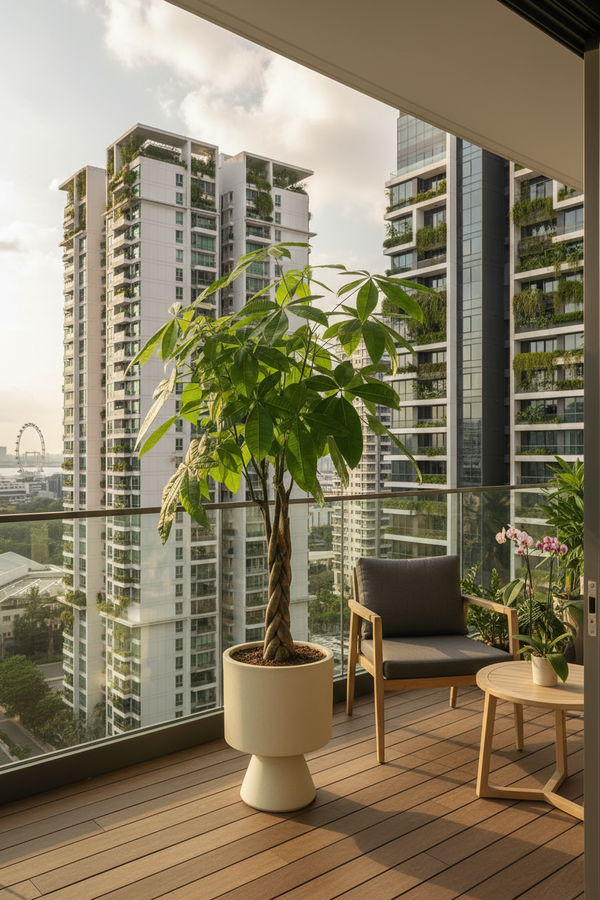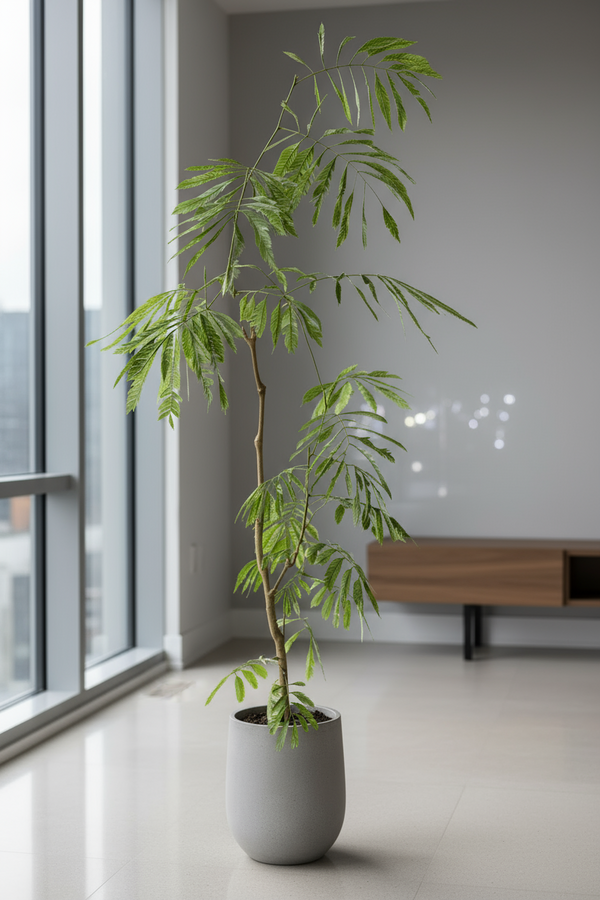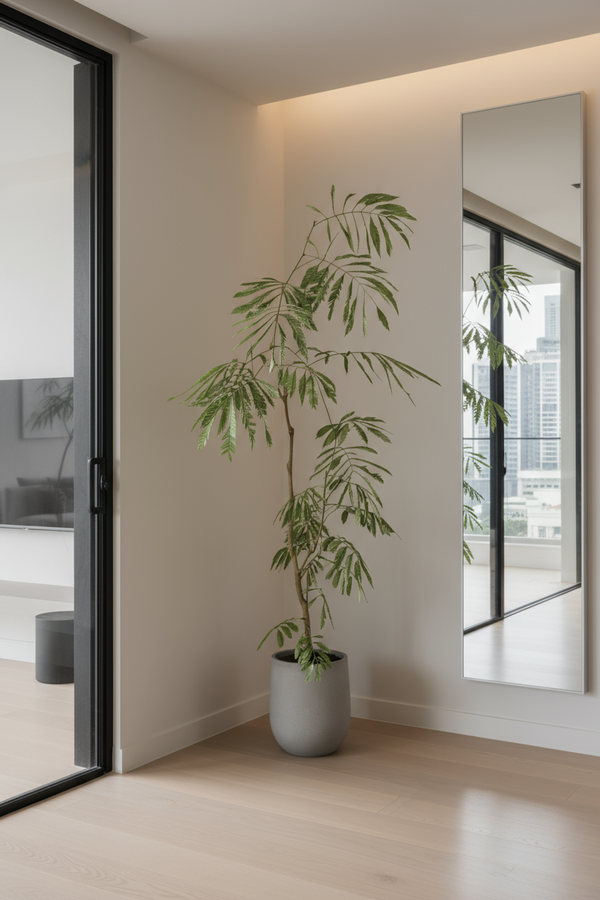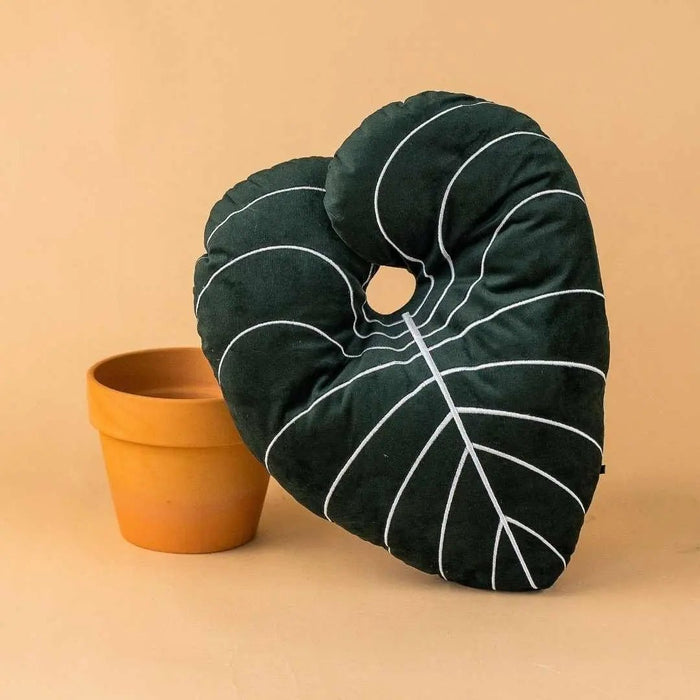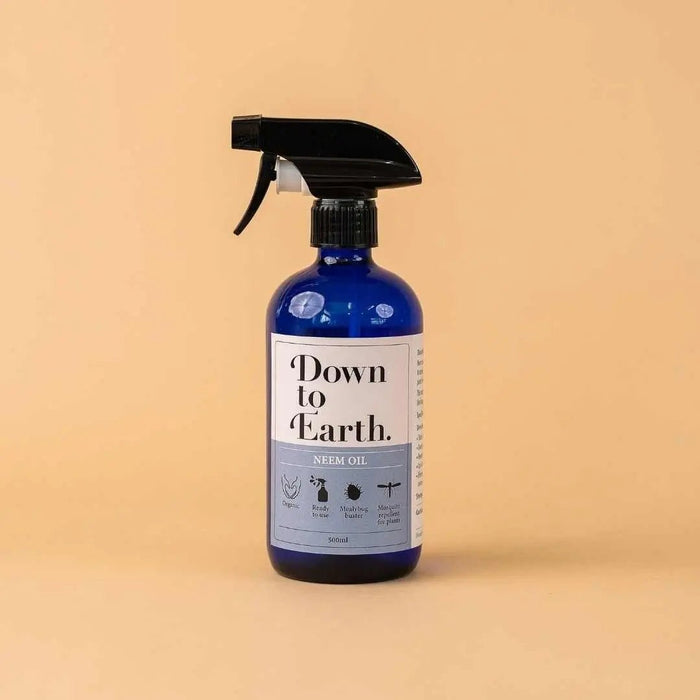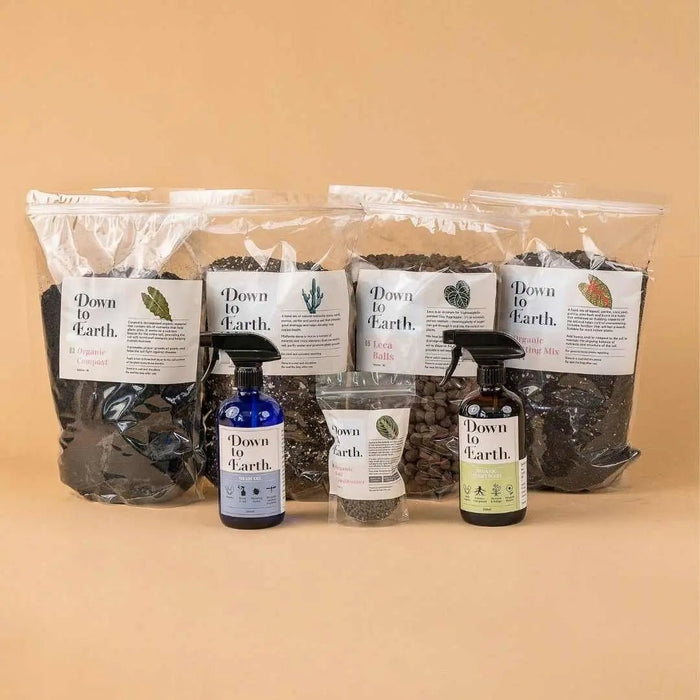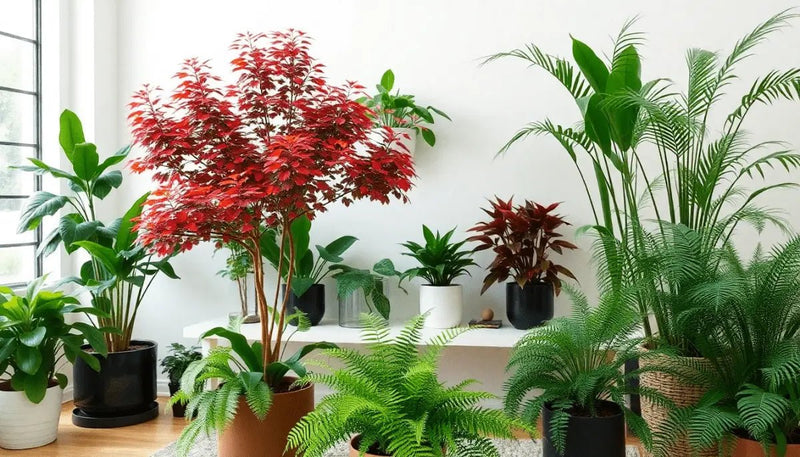How to Care for Sun-Loving Plants (Without Burning Them): Smart Tips for Healthy Growth
Posted on July 24 2025
Sun-soaked plants fill gardens and homes with vibrant life, but too much sunlight can do more harm than good. If you love easy care sun loving plants but worry about scorching leaves or wilting blooms, smart planning and proactive care will keep your sun-seekers flourishing—no sunburn required.
Understanding Easy Care Sun Loving Plants
Choosing easy care sun loving plants can simplify gardening and bring lush beauty to even the brightest spots. These resilient varieties thrive in full sunlight, tolerating heat and intense rays better than other types. Still, even these robust options need some thoughtful attention to avoid stress or burns.
Popular easy care sun loving plants include lavender, succulents, marigolds, daylilies, sedum, coneflower, rosemary, and many ornamental grasses. Their adaptability makes them ideal for beginners or busy homeowners. However, knowing each species’ needs helps prevent common pitfalls, especially when light, soil, and water are involved.
Right Plant, Right Place: Assessing Your Sun Spots
Sun intensity isn’t the same across your garden or balcony. Plants labeled as full sun typically need at least six hours of direct light daily, but hot afternoons are harsher than gentle morning rays. Observe how light moves across your outdoor (or indoor) space to strategize where your sun-craving selections will flourish best.
- South and west-facing areas receive the strongest sunlight
- East-facing spots offer tender morning sun, gentler for sensitive species
- North-facing patches supply little direct sun, less suitable for these types
Be mindful that paved or reflected surfaces can amplify heat around your easy care sun loving plants. Use this knowledge to group tougher species in the hottest zones and position those needing a break from scorch to less intense areas.
Soil Preparation for Sun-Lovers
Thriving in bright light also means roots and soil come into play. Well-drained soil is crucial for most easy care sun loving plants, as standing water can lead to root rot and reduced vigor. Sandy or gravelly mixes are often best, letting roots breathe and excess moisture escape quickly.
Improve your soil before planting:
- Incorporate organic matter like compost for essential nutrients
- For heavy clay or compacted soil, add horticultural sand or fine gravel to enhance drainage
- Raised beds and containers allow precise control over soil composition for sun gardens
Well-prepared soil shields your plants’ roots from heat stress, helping them handle even sizzling afternoons.
Watering Wisely: Prevent Burnout and Stress
While easy care sun loving plants are tough, they aren’t immune to water loss under intense sun. Overwatering is a common mistake—many sun-lovers, like succulents, are incredibly drought-tolerant. On the other hand, insufficient watering during heat waves can quickly mean crispy leaves.
Customize your watering approach:
- Water deeply but less frequently to encourage deep, resilient root systems
- Use a finger test or moisture meter to check soil before watering; soil should dry slightly between soakings
- Water early in the morning, minimizing evaporation and preventing water droplets from magnifying sun damage on leaves
- Mulch around the base with organic mulch or small stones to retain moisture and buffer soil from direct heat
Smart irrigation ensures that easy care sun loving plants access the water they need without risking rot or stressing shallow roots.
Recognizing and Avoiding Sunburn
Even sun-lovers can get too much of a good thing. Leaf scorch appears as brown, crispy edges or white patches, usually on the sunniest side of the plant. This damage not only looks unsightly but can slow down growth and make plants susceptible to pests or disease.
To minimize sunburn risks:
- Acclimate plants gradually—especially if moving from indoors to outdoors or from shade to a brighter spot
- Use row covers, light shade cloths, or garden umbrellas during the midday peak, especially during heatwaves
- In containers, rotate pots periodically to ensure even light exposure and prevent one side from burning
Quick intervention saves time and preserves plant health, especially during transition periods like spring and early summer.
Fertilizing for Resilience
Sunlight fuels photosynthesis, but easy care sun loving plants need nutrient support to maximize their energy. Overfeeding, particularly with high-nitrogen fertilizers, can actually promote weak, leggy growth more prone to burning and pests. Balanced, slow-release fertilizers applied according to package directions are usually best.
Optimal fertilizing tips:
- Use a balanced (10-10-10) formula or a blend suited to your plant variety
- Avoid fertilizing during extreme heat when roots may be stressed
- Consider organic amendments like worm castings or well-rotted compost for a gentler nutrient boost
Consistent, measured feeding supports lush foliage and vivid blooms—without overstressing your sun-loving favorites.
Pruning and Deadheading: Keeping Plants Comfortable
Maintaining your easy care sun loving plants doesn’t stop at watering and feeding. Regular pruning helps healthy circulation and prevents crowded stems, which can trap moisture and increase the risk of sunburn on congested areas.
- Pinch or snip off faded flowers to encourage more blooms and direct energy to healthy growth
- Remove damaged or burnt leaves promptly to prevent secondary issues
- For vining or sprawling types, gently train shoots to reduce overlap and maximize each plant’s sun exposure
Routine grooming keeps your garden looking its best while supporting plant resilience to intense sunlight.
Choosing Containers: Mobility and Microclimates
For patios, balconies, or renters, growing easy care sun loving plants in containers offers great flexibility—and extra protection if summer temperatures spike. Pots can be moved to follow or escape the sun as needed; just be sure to choose large vessels and well-drained soil blends.
- Use light-colored pots to reflect, not absorb, sunlight—helping keep roots cool
- Elevate containers slightly to aid in drainage and airflow
- Group plants with similar needs together, both for easy watering and to create mini-shaded “microclimates” for those needing occasional respite
Big temperature swings can quickly impact container plants, so check soil moisture often and provide afternoon shade during heat waves.
Special Cases: When the Sun Gets Too Intense
During peak summer or heatwaves, even the toughest easy care sun loving plants may need extra help. Yellowing leaves, wilting at midday, or rapid drying out are signs your plants need intervention. Consider temporary measures like installing shade cloth, moving potted plants, or providing windbreaks to reduce evaporation on blustery days.
Remember:
- Wind increases water loss in sun-exposed plants; provide gentle barriers as needed
- Mulching and consistent watering buffer plants from sudden temperature changes
- Don’t fertilize or prune heavily during extreme heat, as added stress can do more harm than good
With proactive monitoring, your sun garden will recover quickly once milder conditions return.
Conclusion
With a little care and keen observation, your easy care sun loving plants can thrive without worry of scorch or stress. Apply these practical strategies to enjoy bold, beautiful displays in every sunny corner. Happy sun gardening—your thriving plants will reward your attention all season long!

